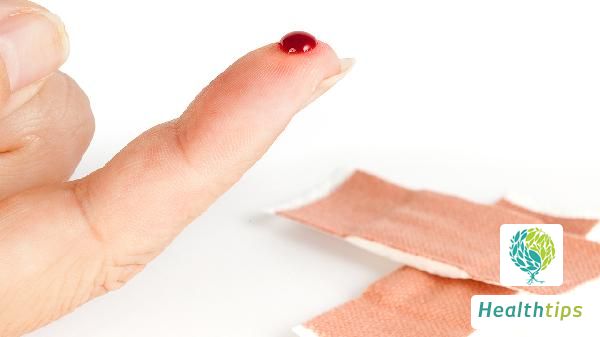If stung by a bee, the first step is to remain calm. Although bee stings usually do not cause serious issues, proper handling can alleviate discomfort and prevent infection. First, inspect the stung area to see if there is a stinger left behind. If there is, gently scrape it off, avoiding using tweezers to pinch it, which could inject more venom into the skin. Next, wash the stung area with soap and water. This helps remove venom and potential bacteria, reducing the risk of infection. Afterward, apply an ice pack or cold compress to the stung area to reduce swelling and pain. Remember not to place ice directly on the skin; it is best to wrap it in a towel. If there is itchiness or mild pain, consider using an over-the-counter antihistamine cream or oral medication. These medications can help alleviate allergic reactions and reduce discomfort. If you have a known history of severe allergies or experience symptoms such as difficulty breathing, facial swelling, seek medical attention immediately, as this may be a sign of anaphylactic shock requiring emergency treatment. Within a day or two after being stung by a bee, monitor the wound for changes. If signs of infection such as increasing redness, pus, or fever appear, consult a doctor for professional advice. While most bee stings can be treated at home, seeking medical attention promptly if the situation worsens is the best way to ensure safety. Although being stung by a bee is not serious, proper handling can help you quickly return to normal life. Remember these simple steps, and you will be able to handle similar situations more calmly next time. We hope these suggestions are helpful to you and give you peace of mind while enjoying outdoor activities.


